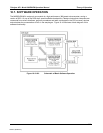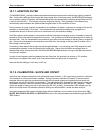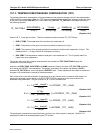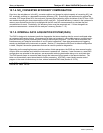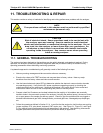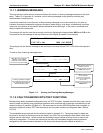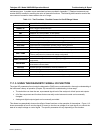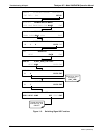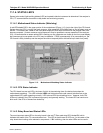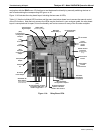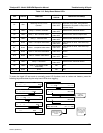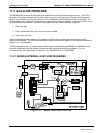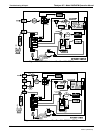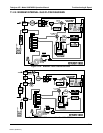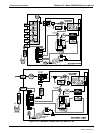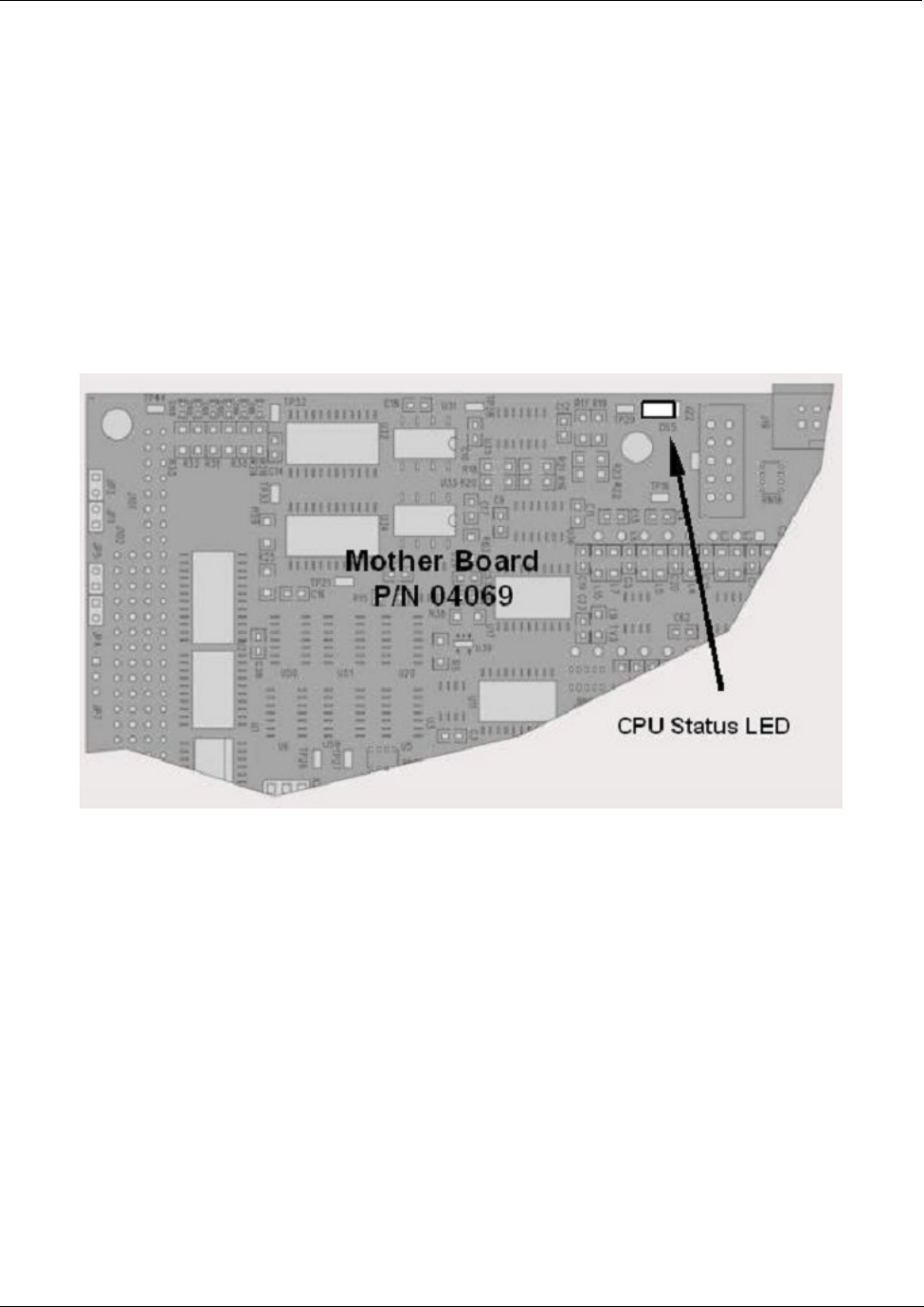
Teledyne API - Model 200EH/EM Operation Manual Troubleshooting & Repair
235
11.1.4. STATUS LED’S
Several color-coded, light-emitting diodes (LED) are located inside the instrument to determine if the analyzer’s
CPU, I
2
C communications bus and the relay board are functioning properly.
11.1.4.1. Motherboard Status Indicator (Watchdog)
A red LED labeled DS5 in the upper portion of the motherboard (Figure 11-3), just to the right of the CPU board,
flashes when the CPU is running the main program. After power-up, DS5 should flash on and off about once per
second. If characters are visible on the front panel display but DS5 does not flash then the program files have
become corrupted. Contact customer service because it may be possible to recover operation of the analyzer.
If 30 - 60 seconds after a restart neither DS5 is flashing nor any characters are visible on the front panel display,
the firmware may be corrupted or the CPU may be defective. If DS5 is permanently off or permanently on, the
CPU board is likely locked up and the analyzer should not respond (either with locked-up or dark front panel).
Figure 11-3: Motherboard Watchdog Status Indicator
11.1.4.2. CPU Status Indicator
The CPU board has two red LEDs, the lower of which is the watchdog timer (the device that pulses the
motherboard watchdog). This LED is labeled
LED2 and blinks about twice per second (twice as fast as the
motherboard LED) when operating normally. LED1 above LED2 should always be on. However, both CPU
LEDs only indicate if the CPU is powered up properly and generally working. The lower LED can continue to
blink even if the CPU or firmware are locked up.
11.1.4.3. Relay Board and Status LEDs
The most important status LED on the relay board is the red I
2
C Bus watch-dog LED, labeled D1, which
indicates the health of the I
2
C communications bus. This LED is the left-most in LED row 1 in the center of the
relay board when looking at the electronic components. If
D1 is blinking, then the other LEDs can be used in
04521C (DCN5731)



